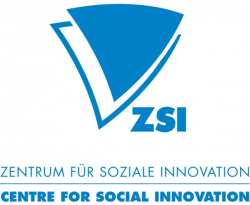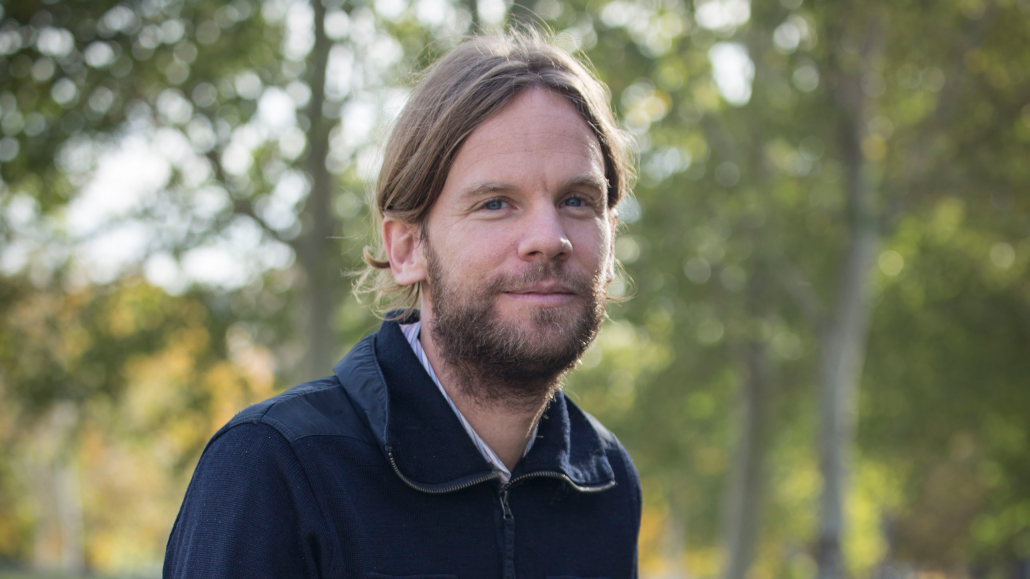
Marko Hajdinjak
Senior Researcher, ARC Fund
Your work package seeks to evaluate the outcomes of the testing of the ETHNA System in different contexts. How did the six implementing organisations differ?
Not only did the six implementing organisations come from different contexts (higher education, research funding, innovation ecosystem, and research centres), they each had a different starting point. For example, at Harno and Espaitec, the idea to set up a governance structure similar to the ETHNA System emerged only after the two organisations joined the project. At UNINOVA, a rather vague idea that an ethics governance structure could be beneficial existed, but there were no concrete plans how to implement it. ARC Fund had a well-developed plan to implement an ethics governance structure, but it had not yet been carried out until its involvement in the ETHNA System project. UJI already had some key ethics management instruments in place, such as the Ethics Code, several committees related to ethical issues and the Ethics Line, but there was also awareness that these structures needed to be renewed and some new ones developed. At NTNU, a well-established ethics governance structure was already in existence before the commencement of the project.
What different barriers in the implementation of the ETHNA System did you discover?
While not all challenges and barriers were necessarily valid or applicable in all implementation contexts, several important ones did emerge. A critical challenge was that if the methodology were to be applied too rigidly, it could be perceived as a top-down imposed mandate on the researchers. Despite good intentions, a lack of the necessary resources (e.g. human resources, time, financing) could also delay or prevent a successful implementation. Overall, insufficient understanding of the RRI concept and skepticism concerning its added value presented a further challenge to implementing across the different organisations. Other barriers identified included the insufficient or inconsistent support from the senior management, or inadequate communication and cooperation between units (resistance based on hierarchy, experience, competition, professional ‘jealousy’, etc.). Any reluctance to implement changes and reforms in the organisation could also bring about challenges in the implementation of the ETHNA System. Lastly, the difficulties of engaging external stakeholders was cited as a further hinderance.
What were some of the lessons learned from the evaluation?
A number of very interesting lessons came out of the ETHNA System implementation process. For example, the co-creation process is essential as it fosters fruitful debates among internal stakeholders. This not only improves the quality of the process, but also helps to ensure that the achieved results are not seen by the personnel as something imposed on them but co-created with them. It is also necessary to focus on what is important for organisation’s context: ETHNA is a flexible ethics governance system and there is no need to adopt it in its entirety. In a similar vein, one size does not fit all: The ETHNA System Guide to the Ethics Governance of RRI is a very practical document, with useful and step-by-step instructions about how to implement the ETHNA System and develop its tools. Most of the steps in the ETHNA System Guide are voluntary and can be easily adapted to organisational context and needs. As such, the ETHNA System can be easily applied in research-performing and research-funding organisations of all types and sizes. In large organisations such as universities, the ETHNA System might be more appropriate for smaller units, such as departments or faculties. Based on the findings from the evaluation, the final version of the ETHNA System will be developed, along with the five-year implementation plan and a manual with the implementation methodology for those that wish to adopt the ETHNA System in their universities, technology parks, research centres and research financing organisations.











